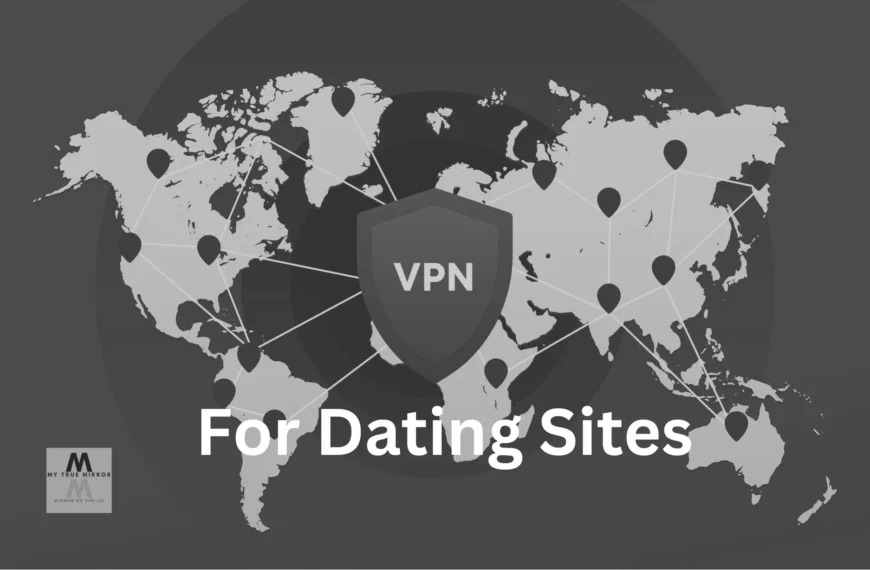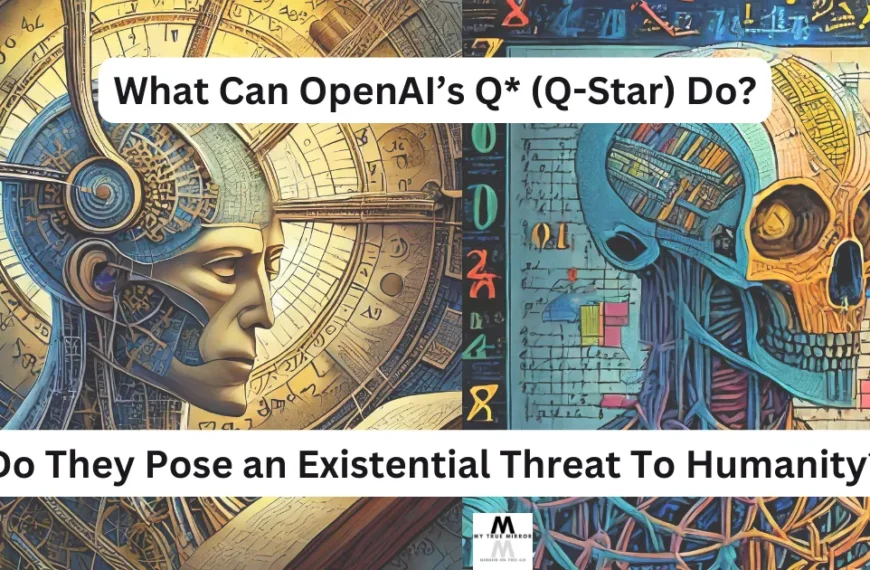5. Testing and Iteration:
Internal Testing:
a. Simulate user interactions with colleagues or internally before launching the chatbot publicly.
b. Identify areas where the chatbot misinterprets questions, provides inaccurate answers, or gets stuck in conversation loops.
Pilot Testing:
a. Release the chatbot to a small group of beta testers or early adopters.
b. Gather feedback on user experience, response accuracy, and overall helpfulness.
c. Use this feedback to refine the chatbot’s behavior and address any technical glitches.
Continual Improvement:
a. Monitor user activity and chatbot performance data after public launch.
b. Analyze patterns, identify new FAQs, and update the chatbot’s knowledge base and conversation flow regularly.
By adding these practical details and resources, this guide is nothing lesser than an actionable roadmap for building an AI helpdesk chatbot. Let’s not forget, this is an iterative process, so you must constantly learn from user feedback and adapt your chatbot to continuously improve its performance and value for your audience. Hope this easy to understand, step-by-step guide on How to Create an AI Helpdesk Chatbot helped you with a definitive blueprint that you can now implement and help save thousands of dollars in your business.






